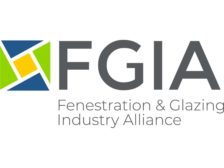Home » Keywords: » skylights
Items Tagged with 'skylights'
ARTICLES
A key challenge in construction was introducing daylight to areas where traditional skylights were not viable
Read More
Enhance your expertise with unparalleled insights.
Join thousands of building professionals today. Shouldn’t you know what they know?
SUBSCRIBE TODAY!Copyright ©2025. All Rights Reserved BNP Media.
Design, CMS, Hosting & Web Development :: ePublishing



.png?height=168&t=1729012009&width=275)

.jpg?height=168&t=1724591746&width=275)
.jpg?height=168&t=1722622101&width=275)
_Ft-Kingspan-Light--Air-GridSpan-FRP-Skylights_Courtesy-of-Kingspan-Light--Air.jpg?height=168&t=1719832834&width=275)
